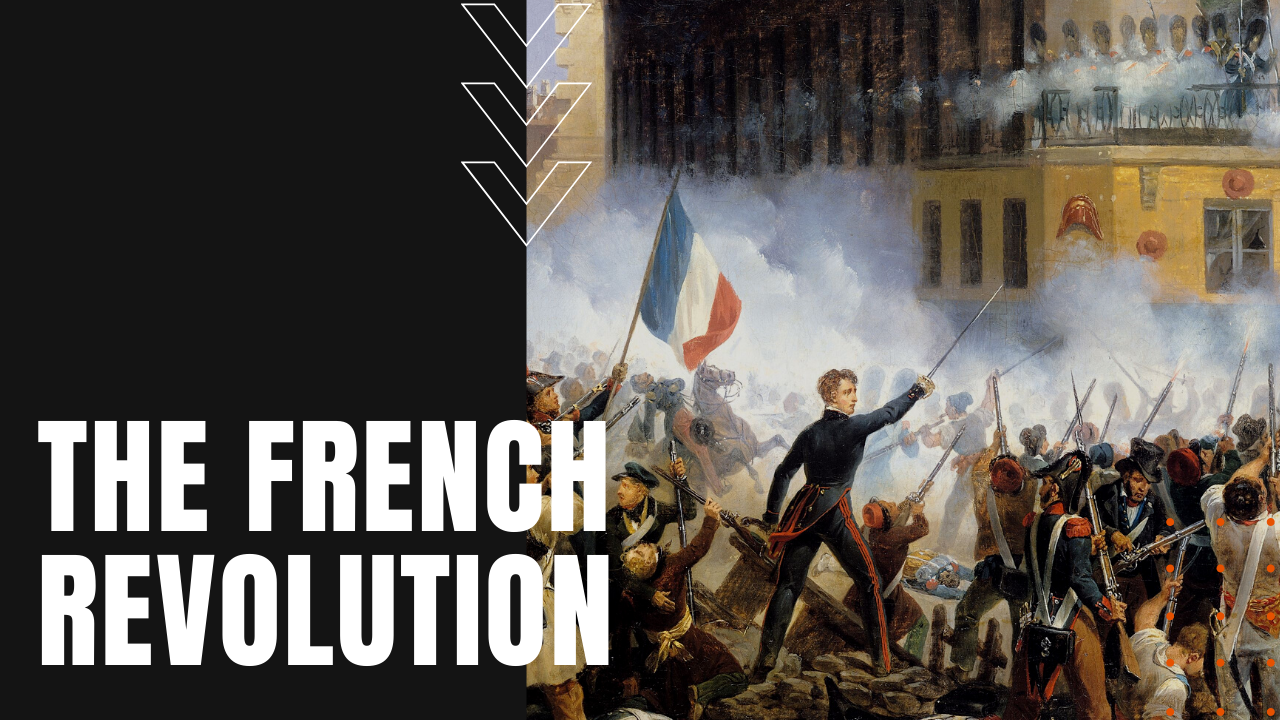The French Revolution

Causes of French Revolution
After years of rising unemployment, bad harvests, inflated food costs and extravagant spending by King Louis the 16th—not to mention France’s expensive involvement in the American Revolutionary War—unrest among starving, overtaxed peasants and urban poor tipped into violence in the Spring of 1789.
Fed up by legislative rules that allowed an aristocratic minority to overrule the majority, widespread social distress led to the convocation of the Estates-General in May of 1789. In June, the Estates or houses of the French legislature were converted into a National Assembly, which passed a series of radical measures, among them the abolition of feudalism, state control of the Catholic Church and extended voter rights.
The Storming of the Bastille
Parisians panicked after rumors of an impending military coup began to circulate, leading to the storming of the Bastille as citizens sought to secure gunpowder and weapons for their defense. For the next three years, French leaders vied for political control, while external powers such as Prussia, Austria and Britain grew increasingly fearful of French revolutionaries infecting their own countrymen, leading to the outbreak of the French Revolutionary Wars in April of 1792.
Rising up against years of exploitation, French peasants looted and burned the homes of tax collectors, landlords and other aristocratic elites throughout the country. Known as the Great Fear, aristocrats fled for their lives into other parts of Europe, setting off more than a decade of violence and repeated legislative reforms that would eventually lead to the trial and execution of King Louis the 16th on January 21st, 1793, followed by his wife, Marie-Antoinette, nine months later.
From Great Fear to Reign of Terror
Spurred on by the success of the American Revolution, by June of 1793, the French Revolution shifted into its most violent phase, when the Jacobins in the National Convention seized power from the more moderate Girondin party, unleashing a ten-month killing spree known as the Reign of Terror, which saw the beheading of 16,600 alleged “counterrevolutionaries.”
Many of the executions were carried out under orders from Maximilien Robespierre, who dominated the Committee of Public Safety, until his own execution on July the 28th, 1794. His death ushered in the Thermidorian Reaction, when moderate Frenchmen revolted against the excesses of the Reign of Terror.
Napoleon Bonaparte
On November 9th, 1799, just as frustration over French leadership reached another incindiary point, Napoleon Bonaparte staged a coup d’état, disbanding the French government after appointing himself “first consul.” The event marked the end of the French Revolution, turning full circle into a modified aristocracy all its own when Napoleon crowned himself emperor of France on December 2nd, 1802.
